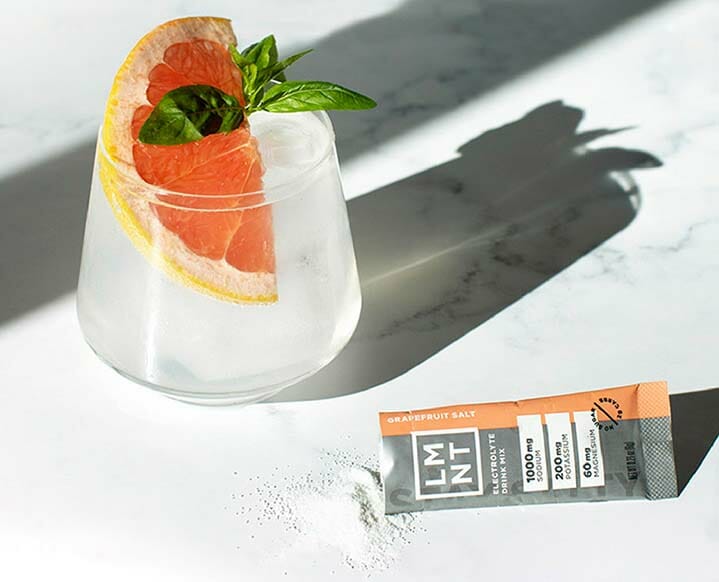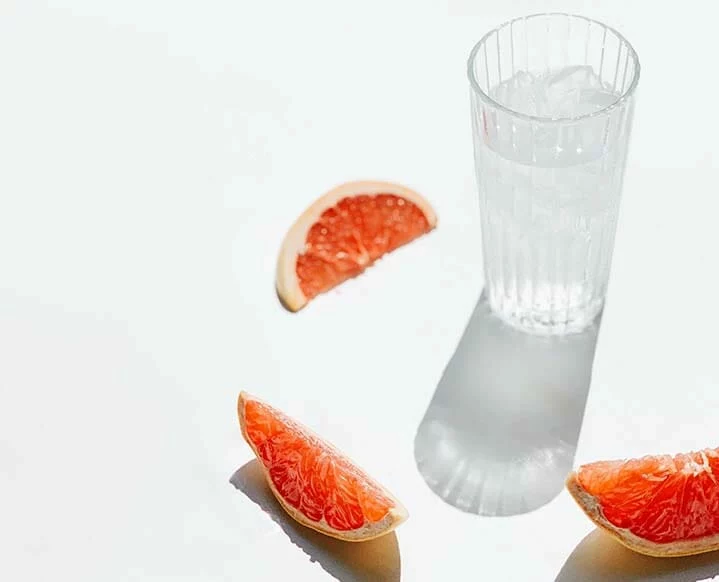Life is stressful enough. The last thing we need to do is put our stress hormone on high alert—especially during the summer! Unfortunately, when we’re busy enjoying warmer, longer days and spending more time getting active outdoors, we end up sweating out the limited salt intake we have in our healthy diets. This extra heat and sweat during the summer months can contribute to further hormone imbalance. Here’s why: when our sodium levels drop, our adrenal glands increase cortisol levels in response.
Ever since the pandemic put both acute and chronic stress in focus, it’s likely you’ve heard a lot about cortisol, commonly known as the stress hormone. We broke it down previously, sharing how this chemical response is paired with anxiety. And while the idea of your hormones being in balance is a bit complicated—they naturally go up and down on a regular basis in response to environment, diet and other factors—understanding the dangers of imbalance in cortisol is similar to what we understand about our blood sugar balance and insulin resistance. If you are in constant stress mode with chronically high cortisol, your cells become accustomed to that environment and that interrupts the usual signalling of these natural, and very important, chemical responses.
5 Signs You May Have Cortisol Imbalance
01 Feeling wired but tired | Chronic stress keeps cortisol levels high which initially support your body to get through the day or task at hand, but if they’ve been high for a while and you haven’t been focusing on dedicated intervention then chances are your adrenal glands are low on reserves. This “fatigued” state contributes to feeling tired at the same time.
02 Difficulty falling asleep, or staying asleep | Your cortisol levels are directly involved with your circadian rhythm (high in the morning to help you wake up, low in the evening so melatonin can do it’s thing) so if they’re too high or too low in the evening, this can lead to sleep disturbances.
03 Mood swings | Going back to the basics of fight or flight response and what that does not only to inflammation in the body but our overall mood: cortisol fluctuations interact with serotonin receptors in the brain. It’s natural to feel it when our highs and lows of cortisol are out of whack with natural rhythms.
04 Brain fog | Cortisol ups and downs have a direct impact on your cognitive function due to how reliant our brains are on glucose for energy. Our brains need a good amount of fuel, which is estimated to be 20-25% of the glucose our bodies are utilizing for energy.
05 Sugar cravings | Your glucose response is correlated to cortisol so any ups and downs with that hormone will create ups and downs for insulin. And when that drops, you can bet you’ll be reaching for sweets.
One way to support more balance is ensuring you consume adequate amounts of electrolytes—and that includes sodium!—in your diet. Let’s break this down.
The Relationship Between Cortisol And Low-Sodium Diets
Cortisol is a glucocorticoid hormone that exerts its influence by binding to receptors (called glucocorticoid receptors) in nearly every human cell. Commonly known as a “stress hormone”, cortisol does indeed trigger a stress response. Specifically, cortisol:
+ Increases blood sugar
+ Increases fat-storage
+ Breaks down muscle
+ Decreases bone formation
These are all positive adaptations—if you’re in survival mode. Your rising blood sugar provides quick energy, and your muscle breakdown provides amino acids for more immediate bodily functions. But if you’re going for longevity, cortisol is not your friend.
Lots of things raise cortisol levels. Stress is the obvious trigger, but low sodium can trigger a cortisol response too.
The relationship between sodium and cortisol is bidirectional. Low sodium causes high cortisol, and high cortisol depletes sodium levels. Case in point: Those with Addison’s disease (a disease of insufficient cortisol production) have problems regulating sodium and calcium levels.
This Balancing Mocktail Is Our Go-To Summer Strategy

All season long, we’re enjoying the return of LMNT’s Grapefruit Salt. This easy Grapefruit Paloma is our mocktail of choice all summer long. Freshly squeezed for your electrolytes!
Ingredients:
+ 6 oz sparkling water and ice cubes
+ 1/3 stick pack LMNT Grapefruit Salt
+ Squeeze of fresh lime juice
We’re obsessed with LMNT for being a thirst-quenching, hormone-balancing and science-backed blend of electrolytes, not sugar (or any of the junk often seen in powdered drinks). One stick of LMNT contains a balancing: 1000mg of sodium, 200mg of potassium, 60mg of magnesium.

Try Grapefruit Salt this summer and get 8 single-serving packets FREE with your order. The best part? You can try LMNT completely risk-free. If you don’t like it, share it with a friend and get your money back, no questions asked.













